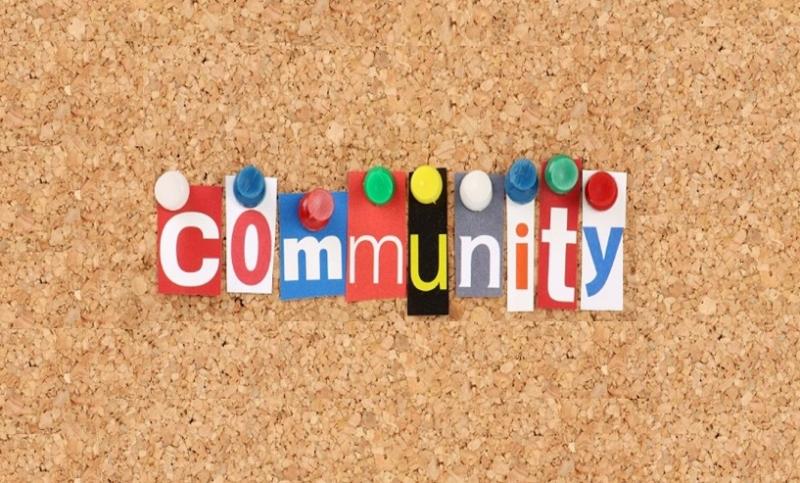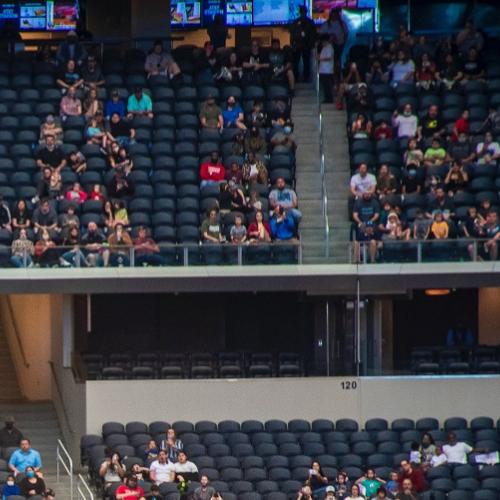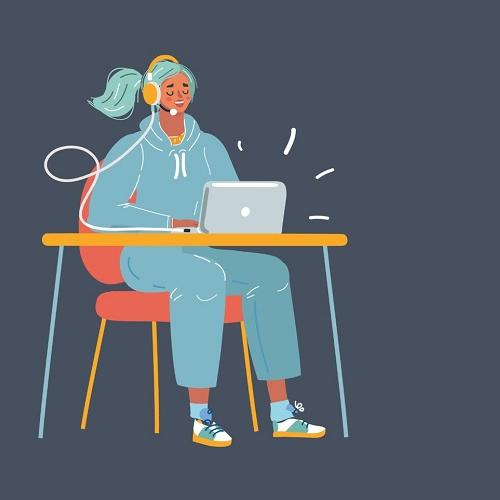
As a lifelong diehard Boston sports fan, the pandemic has removed one of my sources of joy, entertainment, and camaraderie by obliterating the NBA, NHL, and MLB seasons. Watching re-runs of classic games offers a bit of a diversion, but I still find myself scanning sports websites for any little scrap of true “news” about my teams. A small article in the Boston Globe last week caught my eye. In it, Celtics coach Brad Stevens shared a quick update on the team in the midst of a league-wide shut-down.
“I just don’t think it’s appropriate right now to be hammering basketball with our guys,” Stevens said. “Basketball has taken a far back seat. I think it’s more important right now we’re a community of coworkers and a community of friends that care about each other, that get online and make sure we’re all doing OK.”
Not the approach I was expecting from an NBA coach, but certainly a compelling one. It got me thinking about the importance of maintaining a sense of community among teams and larger organizations during this time of severe disruption.
“…it’s more important right now we’re a community of coworkers and a community of friends that care about each other...”
At Nvolv, we’ve been counseling our clients for some time now to build community in the workplace by promoting three things:
- Common Purpose – the set of shared aspirations that bind people together in community; the “why” we as an organization do what we do
- Common Understanding – the context in which we’re working, the decisions we’ve made, the roles each of us must play to serve customers and each other, and the beliefs and behaviors that form the fabric of our community
- Common Cause – the shared identity and accountability that ensures we’re all in this together
Coach Stevens’ approach to leadership in this moment clearly entails aspects of these three “commons,” but it also highlights the importance of human-to-human connections that are core to strong teams and communities. At Nvolv, we encourage teams and organizations to devote time to “shared experiences” that build familiarity, understanding, and trust among people. Often these take the form of intimate, dialogue-heavy, face-to-face meetings, but the pandemic has forced us to place that old playbook on the shelf.
“…we encourage teams and organizations to devote time to 'shared experiences' that build familiarity, understanding, and trust among people.”
Instead, we have observed and suggested a few alternatives that seem to be working:
- Start a meeting with brief personal check-ins. Many organizations have rightfully shifted into tactical mode, with teams narrowing their agendas to the most pressing topics. But setting aside the first 10 minutes of a team meeting for interpersonal time can re-establish the human connections that help make communication more fluid and enhance collaboration. Whipping around the virtual table with everyone providing a quick family update can build community. Or you could ask each person to share an uplifting story from their neighborhood or work site about people pitching in to fight the virus.
- Host a virtual lunch or happy hour. A former client used to do something similar with his executive team: each month, one team member would select the restaurant, and the entire team would show up for a convivial dinner. Obviously, this approach doesn’t work when stay-at-home orders are in effect, but two key aspects do apply to teams planning virtual lunches or happy hours. First, the team was prohibited from talking about work—the conversation focused on family, current events, hobbies, and the like. Second, responsibility for “hosting” the dinner rotated, so that each meal had a different flavor and focus. Each event gave one team member a chance to introduce a new favorite spot and shape the conversation.
- Encourage your team to support a local group in need. It’s easy to focus inward during this crisis, to marshal all your resources toward the team’s immediate priorities. But it can be uplifting to shift your focus, from time to time, to other members of your community. We see this in the impromptu outpourings of thanks to health care workers who are treating COVID-19 patients. Maybe there’s an arts organization in your town that’s started a GoFundMe campaign in order to ride out the pandemic: rally your teammates to support them. Maybe there’s an acute need at a local food pantry: ask your teammates to chip in a few items from their cupboards to help.
These are just a few options for building community amidst this deeply isolating situation. What have you or your colleagues tried?
Please feel free to follow me or get connected with Nvolv to share your own perspective.






